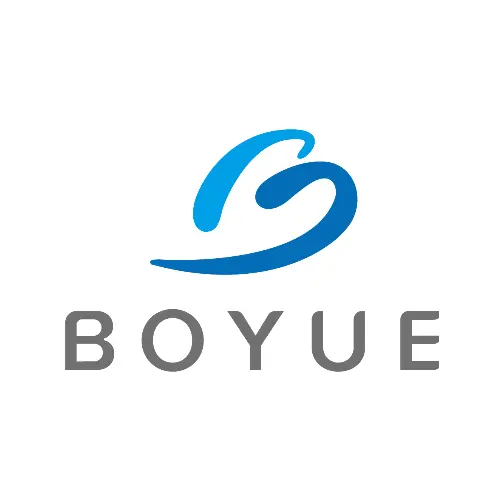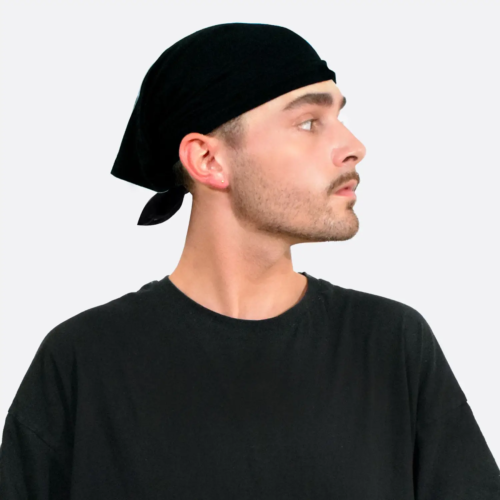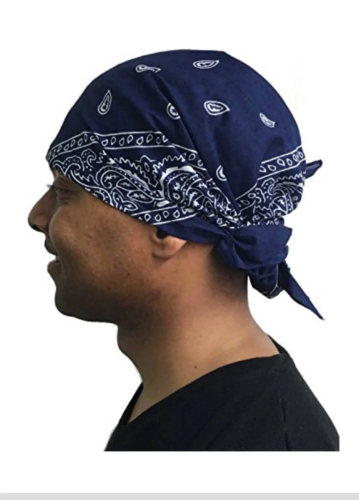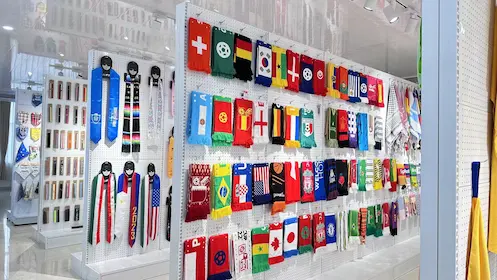Балаклава, с его дизайном полного покрытия, предлагает вам защиту в различных сценариях. Типы, материалы и ткани также разнообразны. Вы все еще колеблетесь, какую балаклаву выбрать для вашего выхода? В этой статье будут подробно описаны лучшие варианты для вас на основе типа, материала и функций дизайна.
1. Для ежедневных поездок на работу можно выбрать балаклаву из хлопка или тонкого флиса. Эти материалы мягкие и приятные для кожи. Что касается дизайна, можно выбрать модель, закрывающую половину лица или всю голову, которая открывает глаза, что не повлияет на вашу речь и повседневную деятельность. Рекомендуется модель с эластичным шнурком для регулировки, так как она лучше подходит по форме головы. Рекомендации по брендам: Decathlon (доступная цена) и Uniqlo (серия HEATTECH).
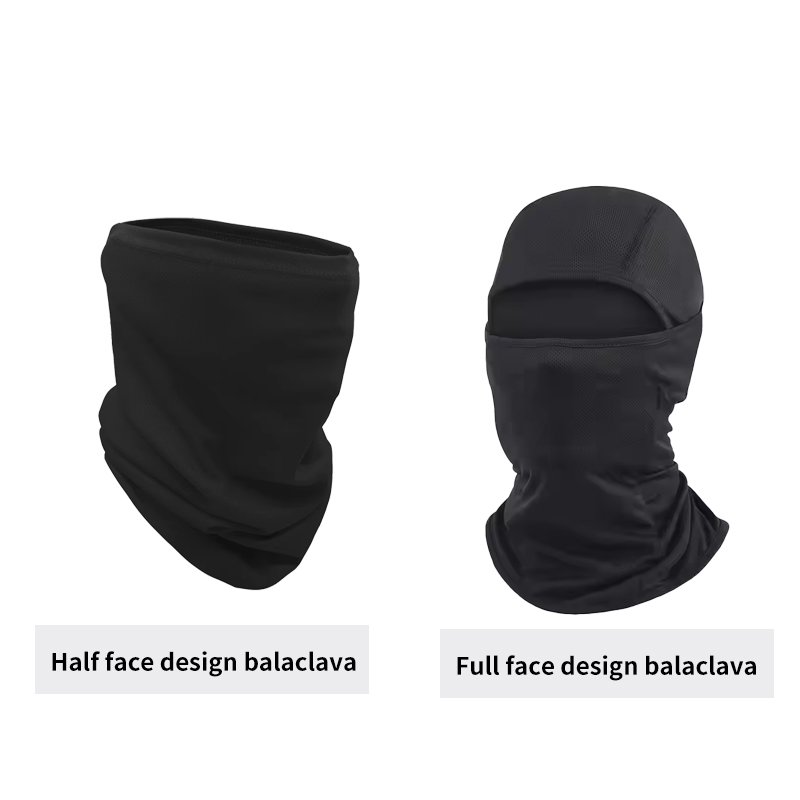
2. Если вы собираетесь кататься на лыжах или заниматься альпинизмом, рекомендуется балаклава из ветро- и водонепроницаемой ткани с флисовой подкладкой для тепла. Для езды на велосипеде или бега выбирайте балаклаву из полиэстеровой смесовой ткани, которая может быстро отводить пот. По дизайну, модель, закрывающая все лицо, с конструкцией, совместимой с очками, идеально подходит для защиты лица от холодного ветра. Должны быть боковые вентиляционные отверстия или сетчатые структуры для уменьшения духоты. Можно использовать в сочетании со спортивным шлемом или велосипедной маской. Рекомендации по брендам: Salomon (специально для катания на лыжах) и Oakley (дышащая велосипедная модель).
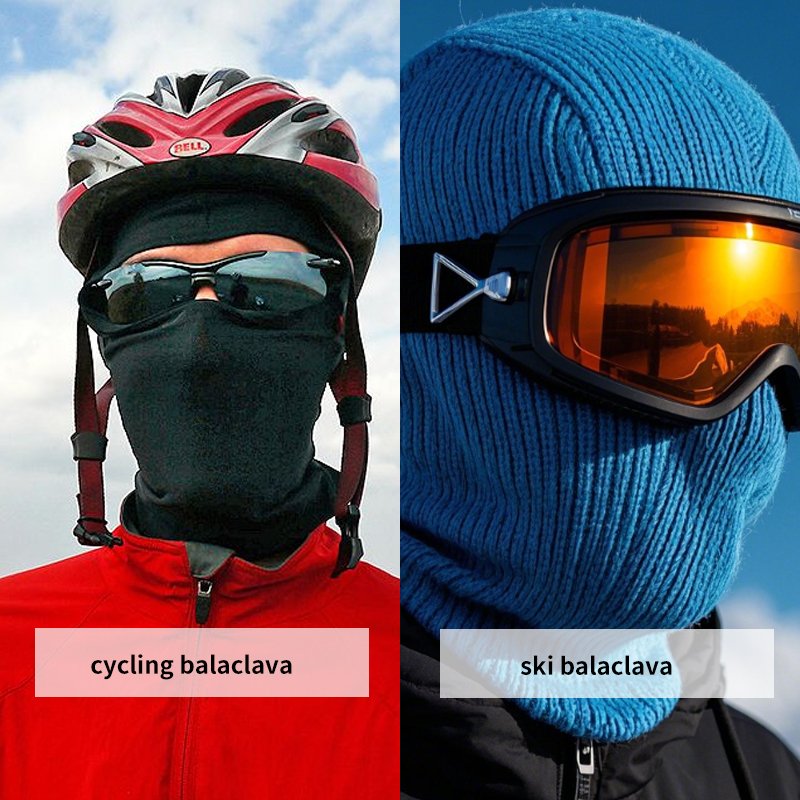
3. В экстремально холодную погоду, ниже -10 градусов, следует выбирать балаклаву из шерстяной смеси или с наполнителем из полых волокон. Некоторые модели высокого класса содержат утеплитель Primaloft. Конструкция должна полностью закрывать лицо с утолщенной защитой шеи, а также иметь отверстие для дыхания для носа и регулируемый проем для глаз. Дополнительные функции должны включать антибактериальную подкладку (для уменьшения запахов) и покрытие, устойчивое к УФ-излучению (для защиты от снежных бликов). Рекомендации по брендам: The North Face (серия Arctic) и Arc'teryx (Venta LT).
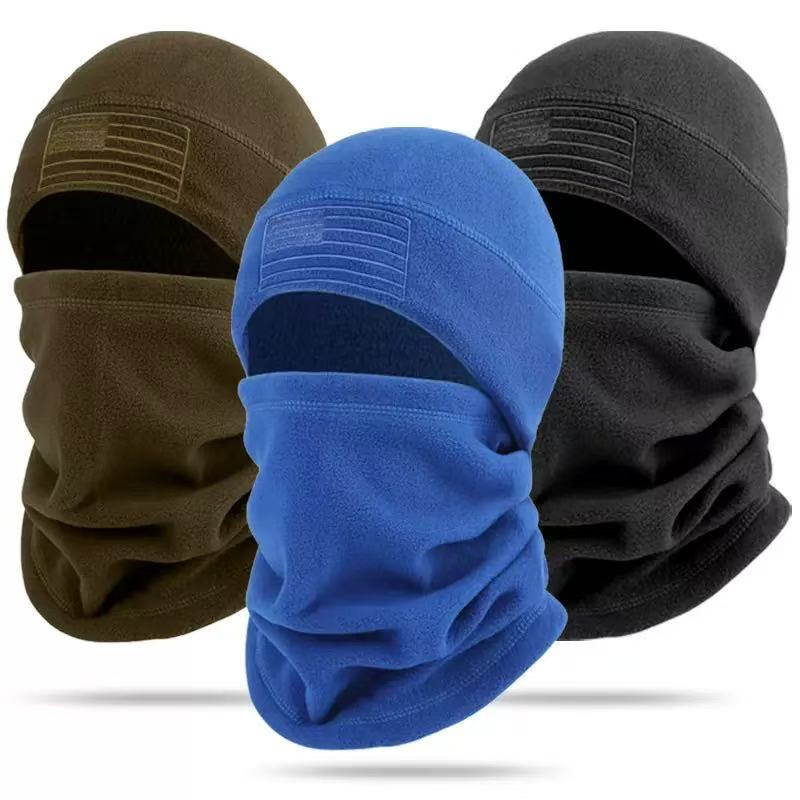
4. Для специального использования, например, тактических мероприятий или фотосъемки на открытом воздухе, если это тактическое использование, вам следует выбрать балаклаву с камуфляжным рисунком и из легкого нейлонового материала, которую можно сочетать с тактическим шлемом. Если вы собираетесь в поход с фотографией, рекомендуется дышащая модель с солнцезащитным покрытием, чтобы избежать повреждения кожи от длительного пребывания на открытом воздухе.
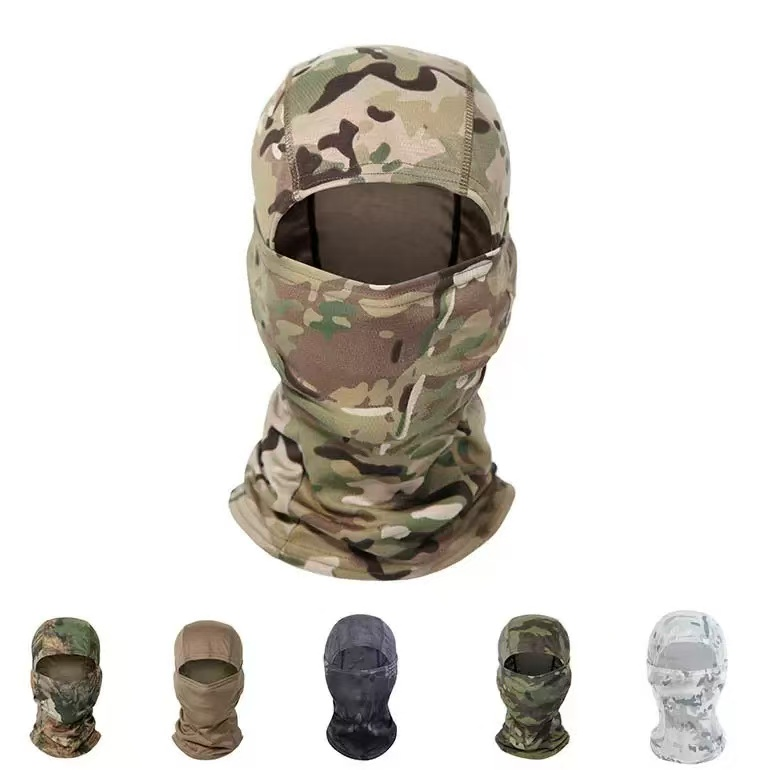
5. Если вы выбираете балаклаву для детей, ткань имеет первостепенное значение. Отдавайте предпочтение тканям, которые классифицируются как Категория А для младенцев и малышей, например, органический хлопок. Эти ткани мягкие, приятные для кожи и с меньшей вероятностью вызовут раздражение. При выборе размера убедитесь, что есть место для роста. Для лучшей посадки рекомендуется балаклава с регулируемой конструкцией на липучке. Яркие цвета не только визуально привлекательны, но и позволяют родителям легче заметить своих детей. Светоотражающие полосы могут повысить безопасность в ночное время. Рекомендации брендов включают Mothercare (для моделей для младенцев и малышей) и Decathlon (детская лыжная серия).
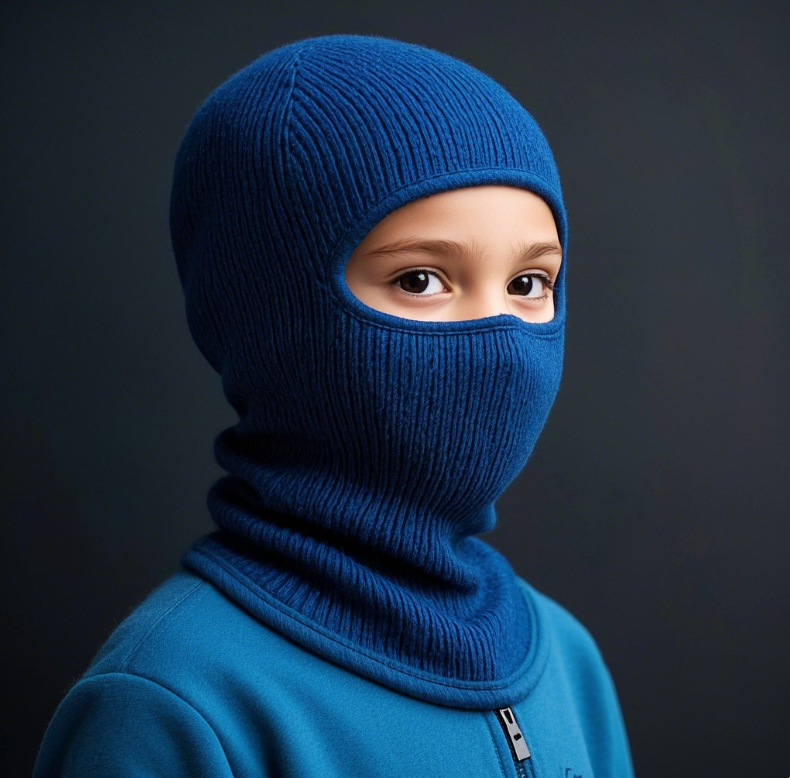
Boyue Outdoor Accessories Co., Ltd. специализируемся на кастомизации балаклав более 20 лет, с разнообразными материалами, мастерством и размерами дизайна на выбор. Вам нужно только рассказать мне о своих идеях, и мы выполним все ваши потребности.
Часто задаваемые вопросы
Сколько видов балаклав?
Дизайн и внешний вид включают полное покрытие лица, защиту половины лица и защиту лица/шеи. Из материала есть полый хлопок, флис или шерстяной материал теплый тип, сетка, быстросохнущая ткань или ледяной шелк материал дышащий тип, ткань UPF50 +, УФ-блокирующий солнцезащитный тип
В чем разница между балаклавой и лыжной маской?
Балаклава и лыжная маска по сути одно и то же, но в разных регионах они могут называться по-разному. Это одно и то же
Как американцы называют балаклаву?
Американцы любят называть балаклаву горнолыжной маской, а иногда в особых случаях ее называют тактической маской или маской/капюшоном для лица.
